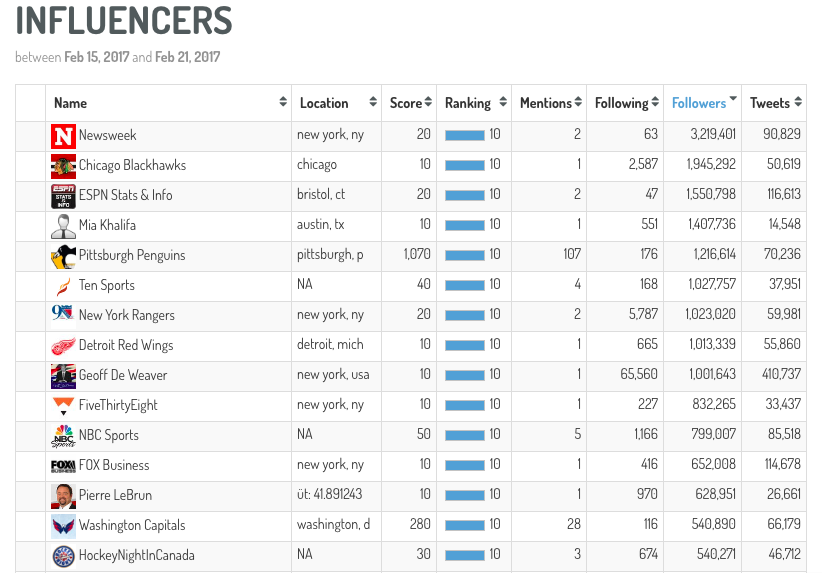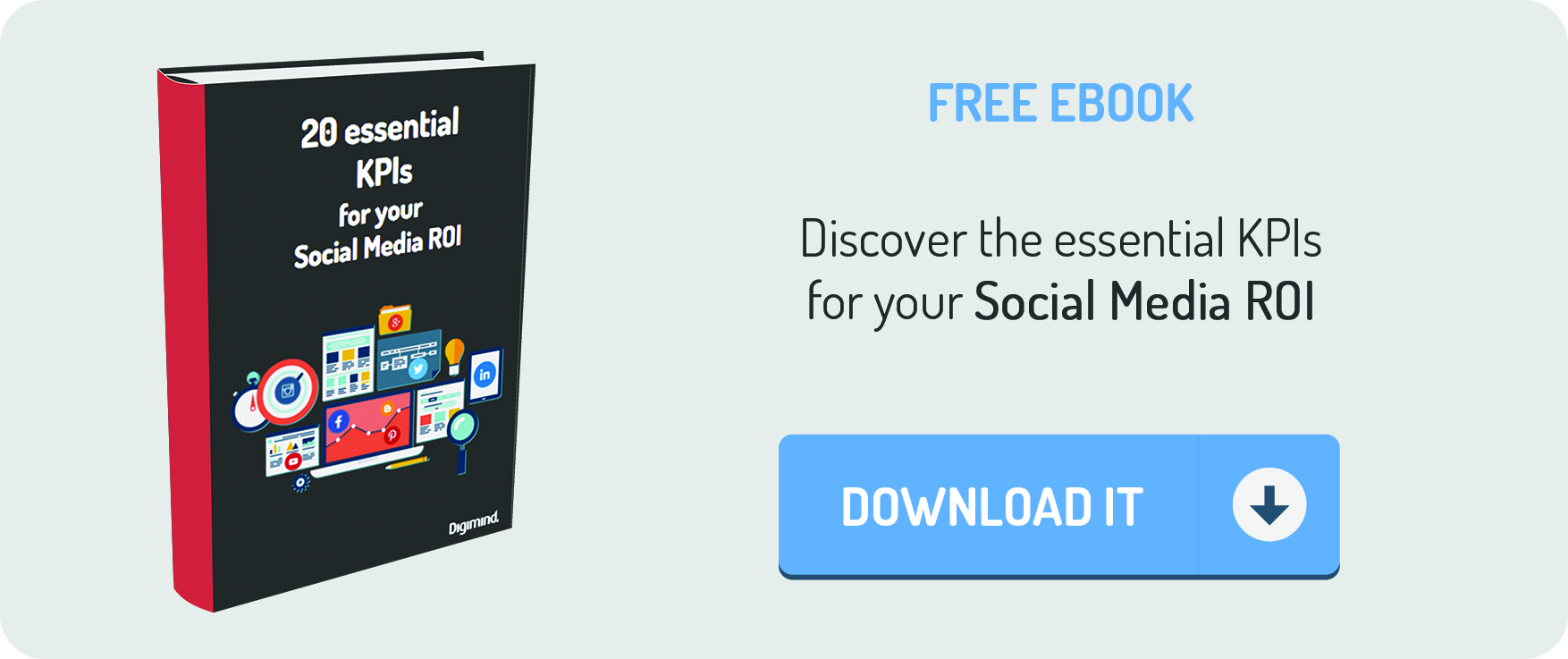How to Measure the ROI of Your Advertising Campaign.
In advertising, it's essential to measure the social impact and ROI of your campaigns. This measurement will allow you to analyze your performance, improve future campaigns, and develop other opportunities.
No more action dissociated results. With social media listening, marketing teams, and consumer feedback, it's easier now more than ever to know the real impact of campaigns. The goal of an agency should be to understand, measure, and control ROI. Analysis via social media intelligence makes this possible.
1. The quantitative measurement of the shares:
At the launch of a campaign on social media, your agency can measure it's impact in real time, particularly through 4 KPIs (the number of messages, the number of times the hashtag is mentioned, the potential reach, and the share of voice of positive mentions).
For example, let's say an agency just announced that a great brand of biscuits and pastries would now produce 100% of its cakes using only free-range eggs. This commitment would be supported by a campaign combining video and content sharing by internet users.
- Social media listening would be used to measure the number of mentions and their evolution over time on all channels specific to the transaction (YouTube, Facebook, Twitter) but also on other channels where users may speak-up.
- The agency would also measure the rate of recovery of the official hashtag for the campaign, and the volume of hashtags created spontaneously linked to the brand or to the operation.
- They'd also measure the potential reach of all messages related to the campaign. (For this campaign, let's say the reach exceeded 4 million.)
- The agency would also analyze the share of positive messages reflected in the audience's overall voice during the the campaign. That share of voice may look something like this:
2. The qualitative measure of the impact of campaigns:
Collecting figures on the impact of a campaign is fine, but it alone doesn't provide insight. Social media intelligence contextualizes every number, affording a better understanding of the messages.
With the example of the free-range eggs campaign, here are some possible insights the agency would collect:
- The nature of the reactions of users (mostly messages showing enthusiasm).
- The nature of content shared or created spontaneously by the internet.
- The types of positive messages, but also negative (detecting messages from vegans against raising chickens).
- The nature of the majority entries associated with the campaign and brand.
These types of insights can improve tweets, posts, and video for future campaigns, and provide a better understanding of users' messages.
Bonus: Master the art and science of proving qualitative and quantitative social ROI.
3. Identifying influencers and media relay:
Analysis of the impact of campaigns also allows your agency to identify all the influencers and media that relayed the message.
It's possible to track influencers based on their overall influence score, or by audience (followers, subscribers) or implications (number of posts dedicated to the operation). This analysis can detect enthusiastic fans, users who will join, and even the campaign's detractors.
Influencers cal also help you detect any media fallout (whether general or specific) and recover.

Social media intelligence allows agencies to identify representations of their client on the internet and track changes over time. Therefore, to evaluate the ROI of your campaign, KPIs must be collected.
The measurement of KPIs is essential in terms of feedback, whether it be with your customers or within the agency to support the understanding of issues and results. They must be clearly defined at the outset and be integrated in dynamic dashboards from the beginning of the campaign and in the monitoring reports and balance sheet.
How to Create Reports to Prove Your Social Media ROI
Written by Austin Williams
A New York based writer and pop culture enthusiast, Austin is your best bet if you ever want to know about the MTA or Love & Hip Hop.

